Attempts by soldiers themselves to describe to us our 21st-century wars have come, so far, in a few recognisable varieties: the movie-ready tactical accounts narrated by infallible tough guys, grading into versions of what one Iraq war veteran-writer, Roy Scranton, has termed the ‘myth of the trauma hero’: those dramas of personal suffering that ignore, or even presumptively redeem, a war’s wider consequences. Certain more or less lachrymose recent Navy Seal memoirs, for example, have synthesised these two modes; more gifted introspections like Kevin Powers’s The Yellow Birds, with its callowly incontinent lyricism (‘fires on the hillsides… like a tattered quilt of fallen stars’), take the second as far as it can go. Whether these accounts are offered as true stories (dramatised) or novels (heavily autobiographical) is mostly irrelevant when their currency is always the same: the authors’ preciously rare and exotic experience of ‘the real thing’.
It’s tempting to relate the way a veteran writes to how he identifies himself: whether he’s still a soldier, after the fact, still belonging to the cohort, or how thoroughly that incarnation has been superseded by writerhood. The books all describe some degree of identity crisis upon returning to civilian life. Some resolve with the author settling down as a reconfigured quasi-soldier, among the shadow ranks of the erstwhile. In others, a dubious poetry of growth points permanently away from any military ethos, if not from the experiences themselves. Meanwhile, there is a small upper echelon: in Scranton’s writing, or Phil Klay’s outstanding Redeployment, an ironic distance has been achieved, not just from the war itself but from the questions it leaves behind.
The title of Harry Parker’s debut novel, Anatomy of a Soldier, suggests an abiding connection to his former identity as a captain in the British Army. The narrative device he uses, however, is ambitiously literary. Each chapter is narrated by a different object (e.g. a shoe: ‘I was made in China… I was in a cardboard box’) — a surreal and very sterilised extrapolation from Tim O’Brien’s Vietnam story, ‘The Things They Carried’. All 45 objects have the same voice: an IED and a rug display an identical lack of personality. Or is this just the transposed personality of an exemplary British Army officer, the main character they surround?
The human dialogue, which the objects overhear, has to be some of the dullest ever created (‘How was that, Tom?’ ‘Morning, Dave. Seemed to go smoothly’); and ‘Tom’ is usually seen obsessing over further objects: unpacking, arranging, checking, re-packing. Among them, he too is artificial. And the tension here is that he must eventually walk on prosthetic legs — ‘half robot’, as he tells a gawping child — which was the harsh fate of Parker himself.
Also managing to read the thoughts and feelings of Parker’s character, the narrator-items are well suited to portray his coldly dutiful bravery in the field, and his monstrous stoicism in the ICU, when he’s ‘in a bit of pain’ (i.e. wracked by mortal agony) but doesn’t want to ‘let the side down’ by causing ‘a fuss’. They reveal him struggling with his disfigurement and disability, and his diminished capacity to ‘be the best’. But beyond this, there is nothing — as if the war were composed only of its inanimate processes, either accidental or inevitable. It’s a different planet to the bloody, profane, outlaw Iraq of Klay’s Redeployment, radiating shame, PTSD and suicide, and the unbearable awkwardness of transmitting such truths to an alienated civilian world.
Parker’s device gestures aptly towards a spreading out of consciousness, a transmutation, the scattering of the individual along some plane at the threshold of death; the sensations of depersonalisation and hyper-perceptivity associated with traumatic experience; and the soothing quiddity of simple objects, as opposed to abstract thought, for a recovering victim. But it is also a method of averting the gaze from a war’s futility and waste, and worse — and probably, therefore, too, from the true nature of any saving grace.
Got something to add? Join the discussion and comment below.
Get 10 issues for just $10
Subscribe to The Spectator Australia today for the next 10 magazine issues, plus full online access, for just $10.
Available from the Spectator Bookshop, £21.50. Tel: 08430 600033
You might disagree with half of it, but you’ll enjoy reading all of it. Try your first month for free, then just $2 a week for the remainder of your first year.

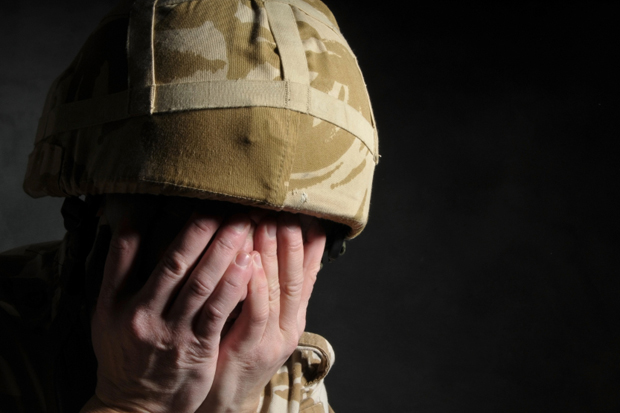

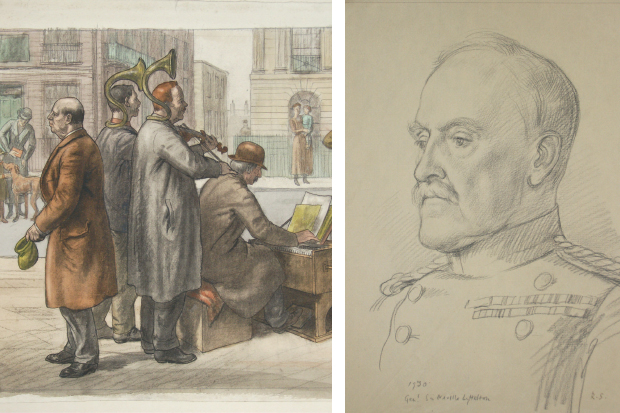
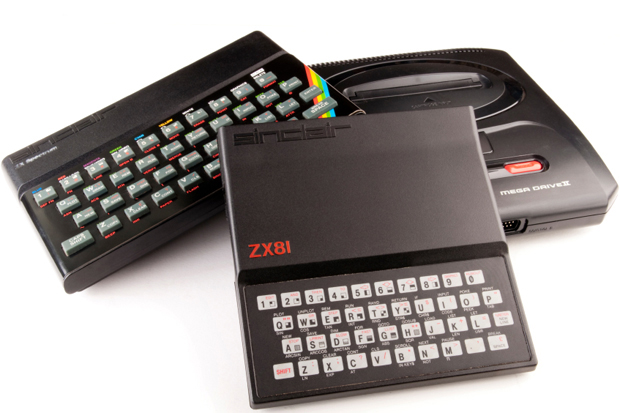

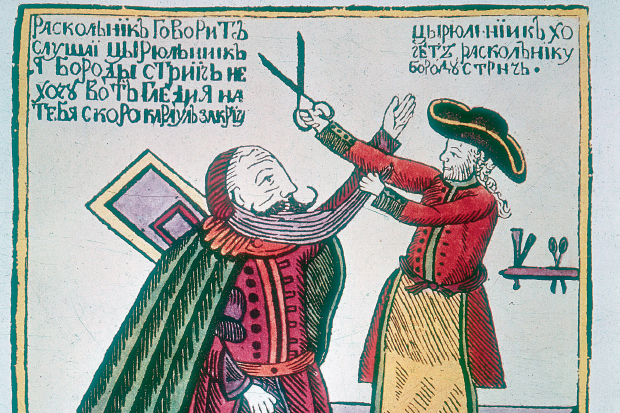
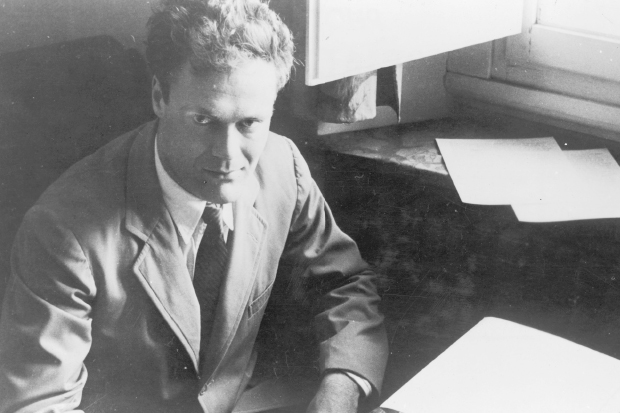






Comments
Don't miss out
Join the conversation with other Spectator Australia readers. Subscribe to leave a comment.
SUBSCRIBEAlready a subscriber? Log in